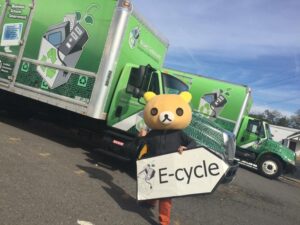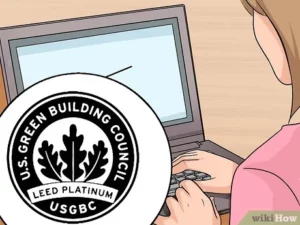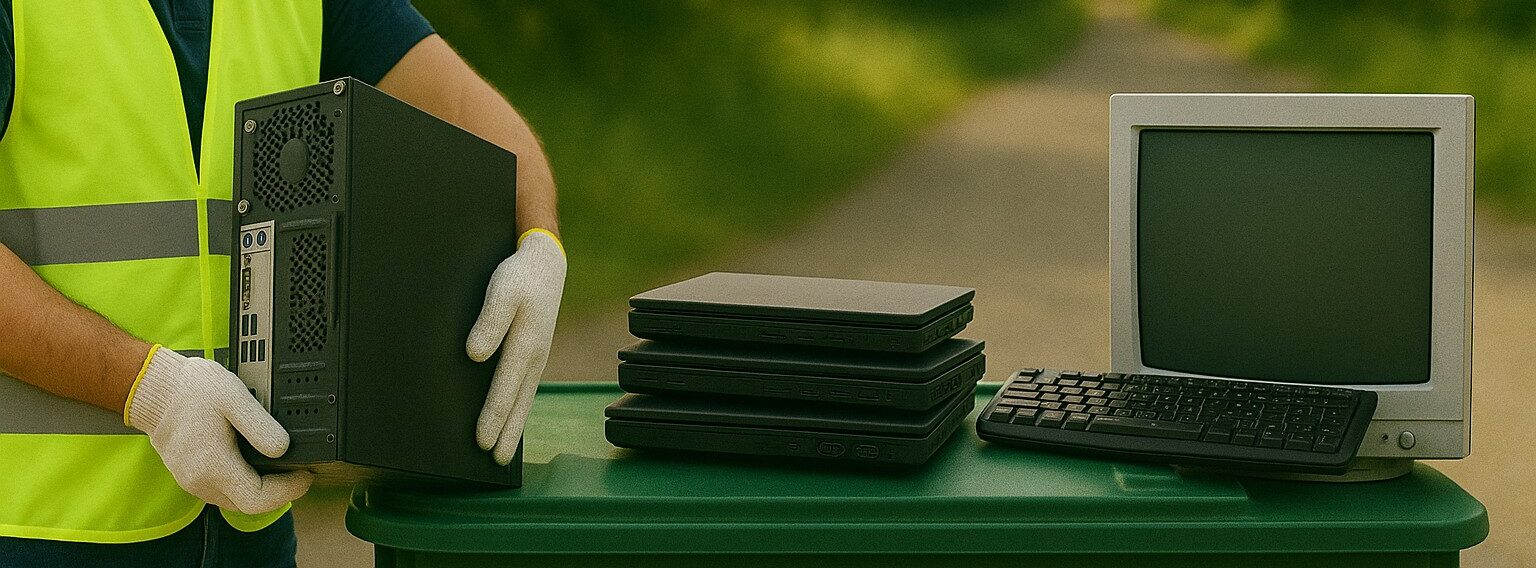
CHECKLIST? CHECK.
Everyone loves a checklist, so we’ve decided to kick off the new year by taking a look at the LEED certification requirements that will help your building align with all the eco-friendly and environmentally safe qualities we cherish and love.
Better yet: we’ll help you earn those much coveted LEED credits by simply using our services. More on that later.
But first thing’s first: We should note at the outset that it’s important to establish your sustainability goals and what you’re looking to achieve! Doing so will help you determine the level of certification you’re shooting for as well as the additional specific environmental impact you intend to effect.
Now that we’re on the same page, let’s proceed.
What is LEED and how does it work?

WHAT IS LEED?
LEED, an acronym for Leadership in Energy and Environmental Design, represents an internationally recognized green building certification system devised by the US Green Building Council (USGBC), a non-profit organization comprising members from commercial real estate, construction, finance as well as technology sectors. Since its founding in 1993, LEED has become the golden standard for green building and sustainability around the world, placing a heavy emphasis on sustainability, energy efficiency and environmental responsibility.
While the exact requirements on a LEED certification checklist depend on the type of rating system your business or project falls under, there are basic general guidelines you must adhere to. If rappers have street cred, businesses need LEED cred, and here’s how you get them.

STREET CRED

LEED CRED
So let’s take a look at what it takes to earn that coveted LEED certification badge of honor!
LEED Certification Checklist
Sustainable Site Selection
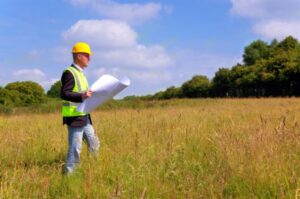
SUSTAINABLE SITE SELECTION
One of the first steps to achieving LEED certification involves choosing a site that reduces the environmental impact. Choosing locations with easy access to public transportation, for instance, which in turn helps reduce urban sprawl, is a start in the right direction. The idea is to promote and preserve not only natural habitats, but use land and building sites as efficiently as possible to minimize carbon footprint.
Water Efficiency

RAINWATER HARVESTING SYSTEM
Optimizing water consumption and usage is another critical aspect of LEED certification. Efficiency is key. Building owners can reduce water consumption by installing low-flow fixtures, rainwater harvesting systems, or employing innovative technologies to minimize water consumption within buildings.
Energy and Atmosphere
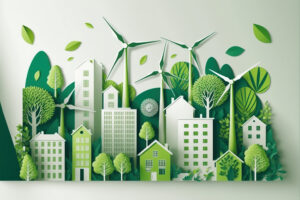
ENERGY EFFICIENCY
Like water efficiency, energy efficiency is a fundamental aspect of LEED certification. Building owners should look to improve their building’s energy efficiency by utilizing energy-efficient lighting systems, upgrading HVAC systems, or installing energy-efficient appliances. Basically, relying on low-carbon energy sources is the order of the day.
Materials and Resources

RESPONSIBLE MATERIALS SOURCING
Building owners can enhance their building’s LEED rating through the adoption of sustainable and eco-friendly building materials. This involves opting for materials sourced, extracted and produced in a responsible manner, while also selecting those with minimal environmental impact across their entire lifespan.
Innovative Services and Design
Building owners can demonstrate their dedication to sustainability by integrating inventive design elements into their structures. Solar panels, green roofs and other design features, are just some of the novel approaches that promote sustainability and earn additional LEED points. Partnering with eAsset Solutions is yet another way! See below!
Indoor Environment Quality

INDOOR ENVIRONMENT QUALITY
If you’ve ever lived or worked a job with poor lighting, then you know how important sufficient lighting is. Not only improving your productivity and mood, but giving you a sense of purpose are just some of the reasons why your indoor environment quality is a must. Building owners can improve indoor environment quality by providing natural daylight, implementing effective temperature and humidity control, or improving ventilation.
Regional Priority

ENCOURAGING REGIONAL PRIORITY
Where you are, there you are, and with LEED certification, it’s no different. Looking at the local or regional sustainability needs of your area, these credits encourage sustainability strategies that align with local needs, such as water scarcity, biodiversity conservation, air quality, or urban sprawl. Building owners will improve their overall LEED score by promoting a deeper commitment to local sustainability goals.
How to Get a Building LEED certified
Now that you’ve got a handle on what we mean by LEED certification, let’s take a look at the evaluation process for a building. (Psst….here’s where recycling your e-waste with eAsset Solutions plays a pivotal role in capturing LEED points).
To initiate LEED certification for a building, start by registering the project with the USGBC, the body overseeing evaluations. Registration involves a fee and meeting initial prerequisites. Following registration, a secondary certification fee, based on project size and LEED ranking, is incurred—larger or more complex projects may have higher fees due to the amount of documentation.
To understand the specific requirements and considerations relevant to your project, make use of the USGBC’s online certification guide. Everything you’ll need to know will be found there, as criteria and scoring metrics vary across different project types. It’s important to select and review the appropriate certification guide most fitting to the type of project you wish to evaluate.
How eAsset Solutions Helps Capture LEED Points

EASY 2 POINTS, ALL DAY EVERY DAY
Using our service is probably one of the easiest ways to capture LEED credits (2 points, like a lay-up).
By hosting a recycling event at your building, you earn 1 point in your accreditation process AND garner the goodwill of your tenants looking to offload their e-waste responsibly.
The 2nd point is derived from LEED’s Innovative Services and Design (see above). By offering your tenants to bring e-waste from home, in addition to what they’ve collected at the office, you fulfill this requirement.
And just like that, you’ve earned 2 points in LEED’s Green Building Rating System! Easy money.
Final Thoughts
We believe that promoting sustainability and sound environmental habits should be easy, efficient, and effective. By reviewing our LEED requirement checklist, identifying your needs, and giving us a call we can help you responsibly recycle your e-waste AND capture LEED credits as you move towards a more sustainable future.
With nearly twenty years in the e-waste recycling industry, eAsset Solutions has been leading the charge and remains steadfast in the new year to embodying the principles of a circular economy and responsibly disposing of e-waste, thus reducing the environmental impact on the planet. Our LEED certification checklist is just one of many insights we make available to you.

PROMOTE SUSTAINABILITY TODAY!
Call us today and get a head start on the new year by capturing LEED credits with our services!

